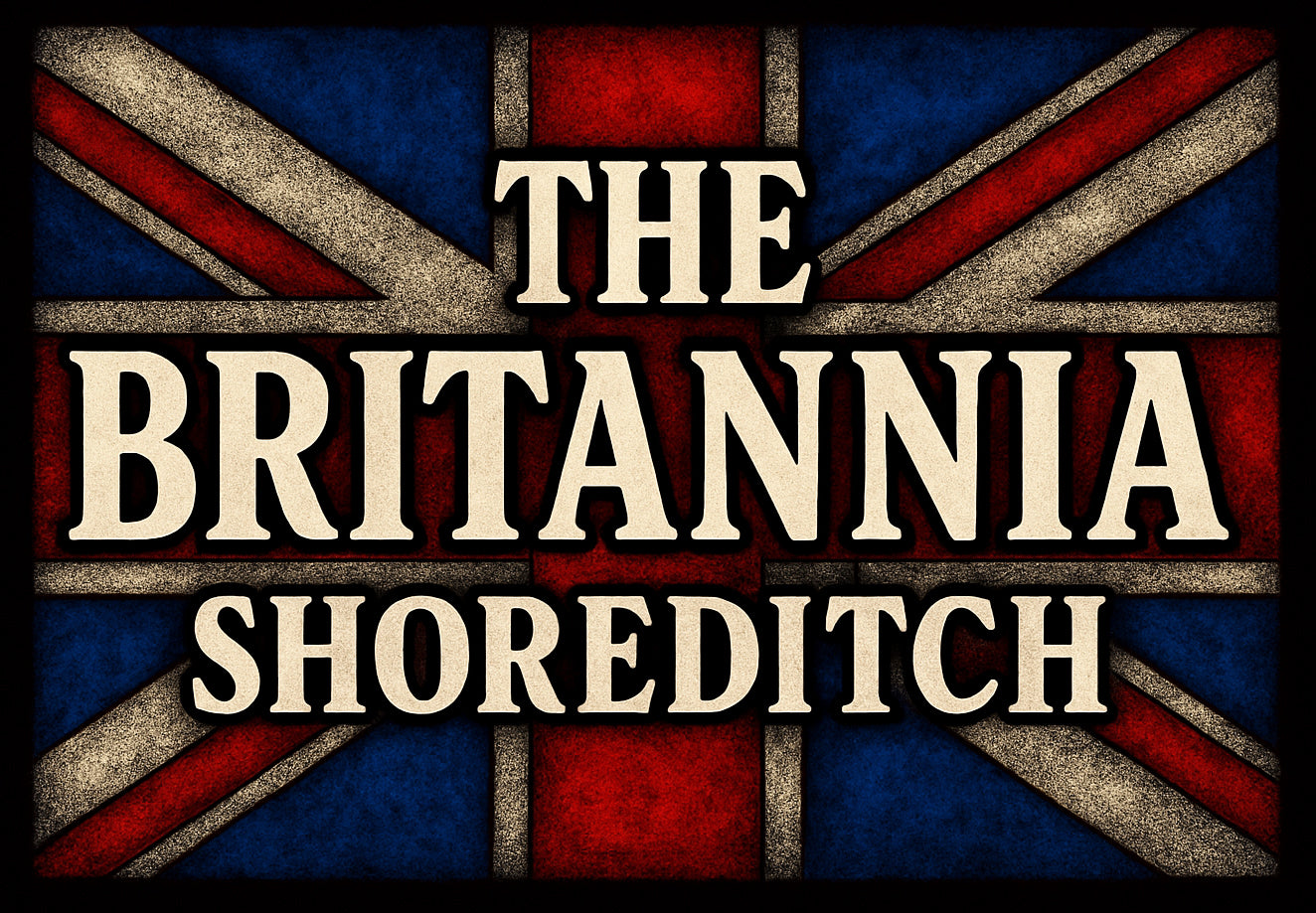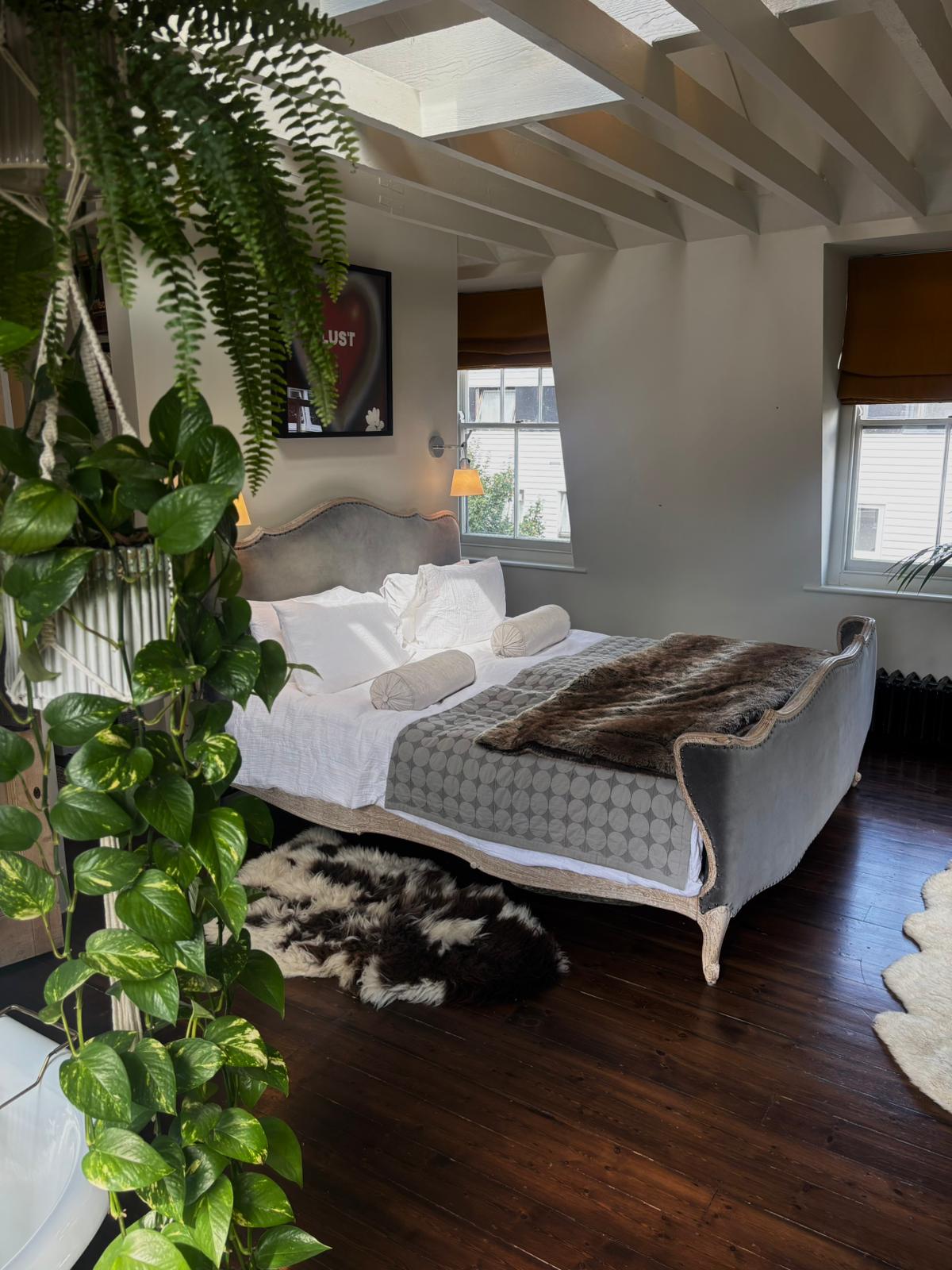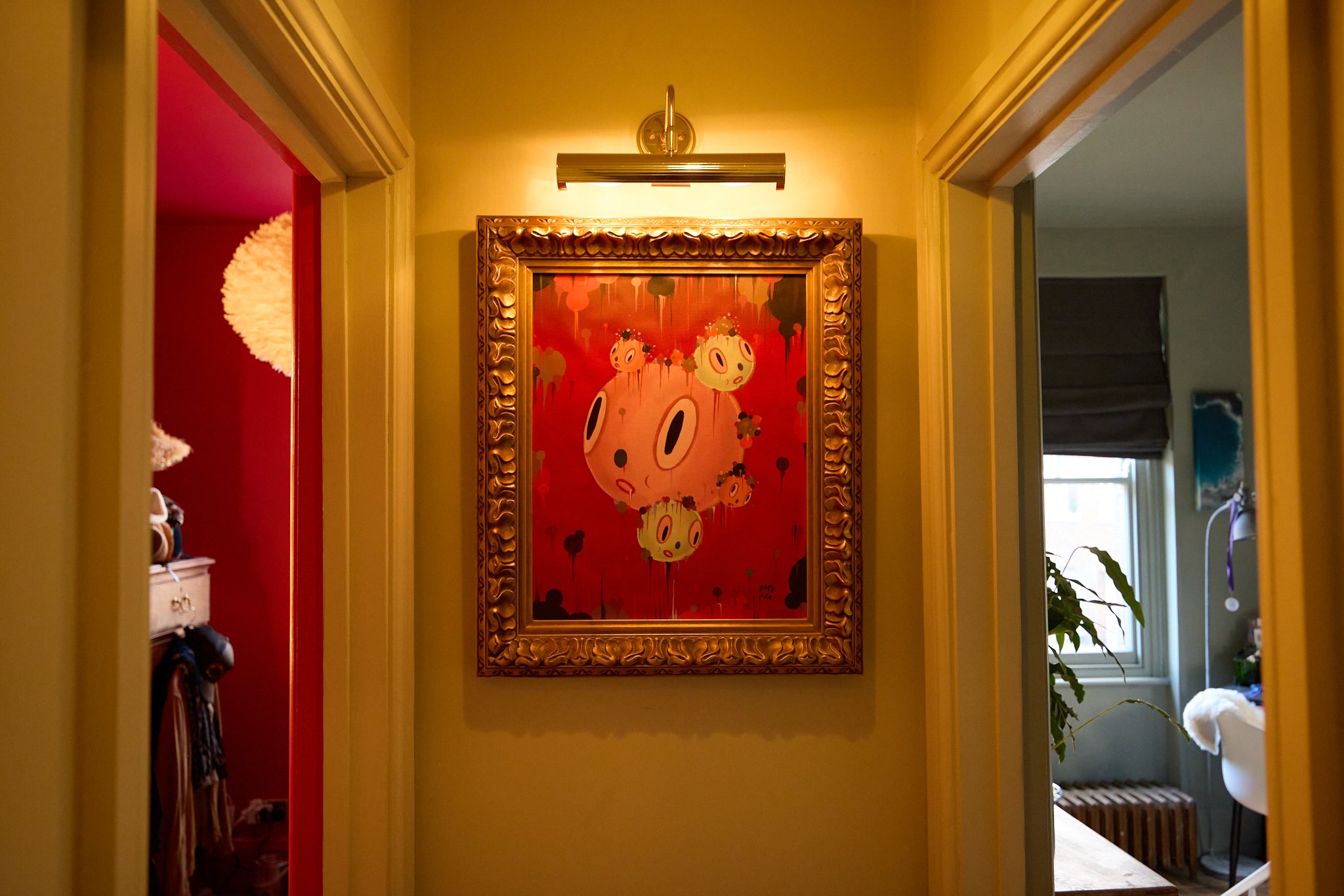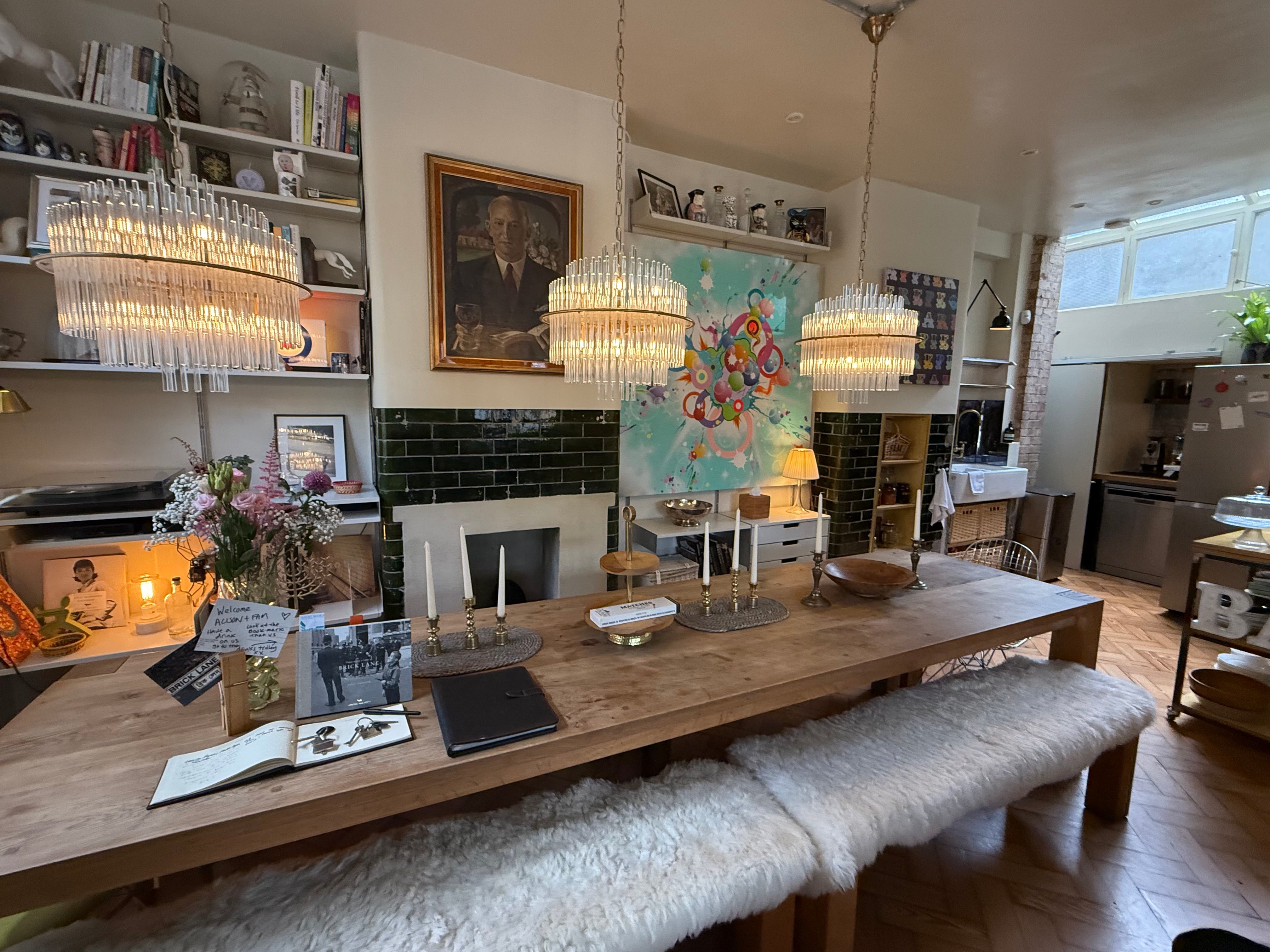HISTORY
STEEPED IN EAST END LORE
Once the famous drinking den of the Kray brothers, London’s most notorious gangsters, The Britannia was a favourite hangout in the 50’s and 60’s, and one of the first gay pubs in East London in the 80’s & 90’s.
A Dark & Daring East End Legacy
The story of The Britannia Shoreditch begins in 1856, amid the booming heart of Victorian London. Built as one of the many Truman Brewery pubs that lined Brick Lane’s perimeter, it was part of a sprawling industrial empire known as the Black Eagle Brewery—once the world’s largest brewer. By the mid-19th century, the Truman estate covered six acres, producing hundreds of thousands of barrels of porter annually. This was London’s working-class pulse: drays rolling out barrels day and night, breweries exhaling steam into narrow lanes, and pubs that served as noisy hubs of escape and community for dockers, weavers, and street traders.
The Britannia, at 12 Chilton Street, was licensed in 1856, and in 1924 officially came under the aegis of Truman’s Brewery, joining a network of neighbourhood pubs steeped in East End grit and camaraderie. Over the decades, it developed a flamboyant character—rawer and realer than your polished West End venues.
A Bohemian & Queer Sanctuary
Fast-forward to the 1980s and ’90s, when the East End became a magnet for alternative culture: punk, street art, the LGBTQ+ renaissance. The Britannia embraced this transformation. By the mid-80s, it had won a reputation as one of London’s first openly gay pubs—a safe haven where queer East Londoners, drag performers, and underground creatives converged beneath its low beams and dim lights . During a time when many LGBT spaces were underground or marginal, The Britannia stood out—striking a defiant chord against hostility and invisibility.
Famed (or infamous) visitors included local characters who danced along borders: members of the Kray mob, emerging drag artists, and punks who chalked slogans on the door. It was a licensed license to be—unpolished but authentic, eccentric but vital.
Industry to Intimacy: Brewing Declines
As Britain’s brewing industry consolidated, Truman’s fortunes waned. The Brick Lane brewery closed in 1989, ceding dominance to lagers and conglomerates . Brewing ceased, but the buildings persisted—reincarnated in the 1990s as part of the Old Truman Brewery creative quarter, a landmark repurposed into studios, bars, markets, and event spaces . The Britannia pub endured. It switched, intermittently, between local watering hole, gay venue, and low-key arts spot—surviving on community, nostalgia, and stubborn spirit.
A Bold Rebirth as Home & Creative Hub
In the early 2000s, new owners saw potential beyond taps and tankards. In 2000, the pub was sold and decommissioned, stripped back to its architectural bones, and painstakingly rebuilt through a meticulous conversion into a private home. The challenge: preserve its gritty pub character—exposed brick, high ceilings, vintage signage—while creating luxurious residential spaces. By mid‑2000s, the transformation was complete: an open‑plan ground floor with a vaulted pub‑style lounge, upstairs bedrooms with skylights, and a hidden roof terrace overlooking Shoreditch rooftops.
The Britannia was no longer just a pub—it had become a private residence that felt like home, but sang with the echoes of its past. Every beam, every floorboard whispered stories of roaring pints, secret lovers, and East End resiliency.
From Domestic Backdrop to Creative Canvas
Despite being a home, its size, layout, and location near Brick Lane and the Truman creative hub made it perfect for film, fashion, and photo shoots. Suits arrived with cameras and props. Bands played by the fireplace. Event planners discovered that behind velvet curtains and vintage cabinets lay the perfect stage for small supper clubs, intimate weddings, or creative retreats. Yet, The Britannia remained a private realm—not a commercial venue. Its soul was cherished, its rhythms respected.
Over the 2010s and early 2020s, its presence in London’s creative circuit grew. Its rooms appeared in editorial spreads, its terrace framed by fairy lights at dusk, its living spaces embraced by actors and lovers alike.
Layers of Pop Culture & LGBTQ+ Legacy
From Bos’K’s queer nights to drag brunches circa 1987, from punk poetry to whispered East End secrets, The Britannia’s fabric is woven with Shoreditch defiance and LGBTQ+ community spirit. It stands in contrast to antiseptic hospitality: worn armchairs, chipped paint, and artfully mismatched chandeliers tell their own stories.
Though it bills itself now as a “boutique stay,” its foundation is dark, quirky, edgy. It’s a house that remembers. A pub that heals. A home that resists forgetfulness.
Context: Shoreditch’s Ever-changing Canvas
Around the Britannia, Shoreditch has transformed dramatically—from fish stalls and factories to global fashion headquarters and boutique hotels. Yet, it remains rooted in urban grit and creativity. The former Truman Brewery’s chimneys still tower over Brick Lane, watching over a melting pot of creatives, foodies, and free‑spirits . Street art, including early Banksy pieces, shares walls with pop‑up galleries and DJ sets under Cathedral ceilings.
The Britannia sits amid this constant churn—stable, storied, but not stuck. It’s a relic that resists gentrification by staying alive.






